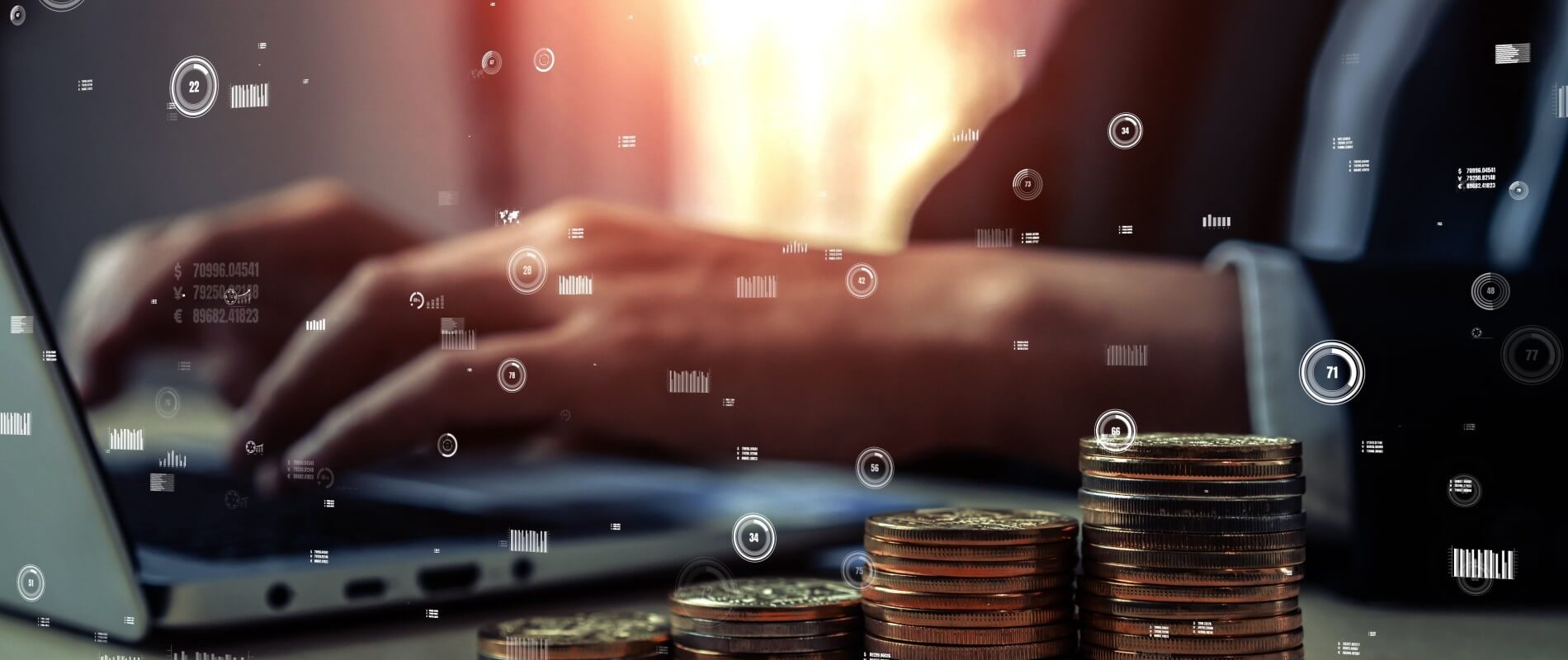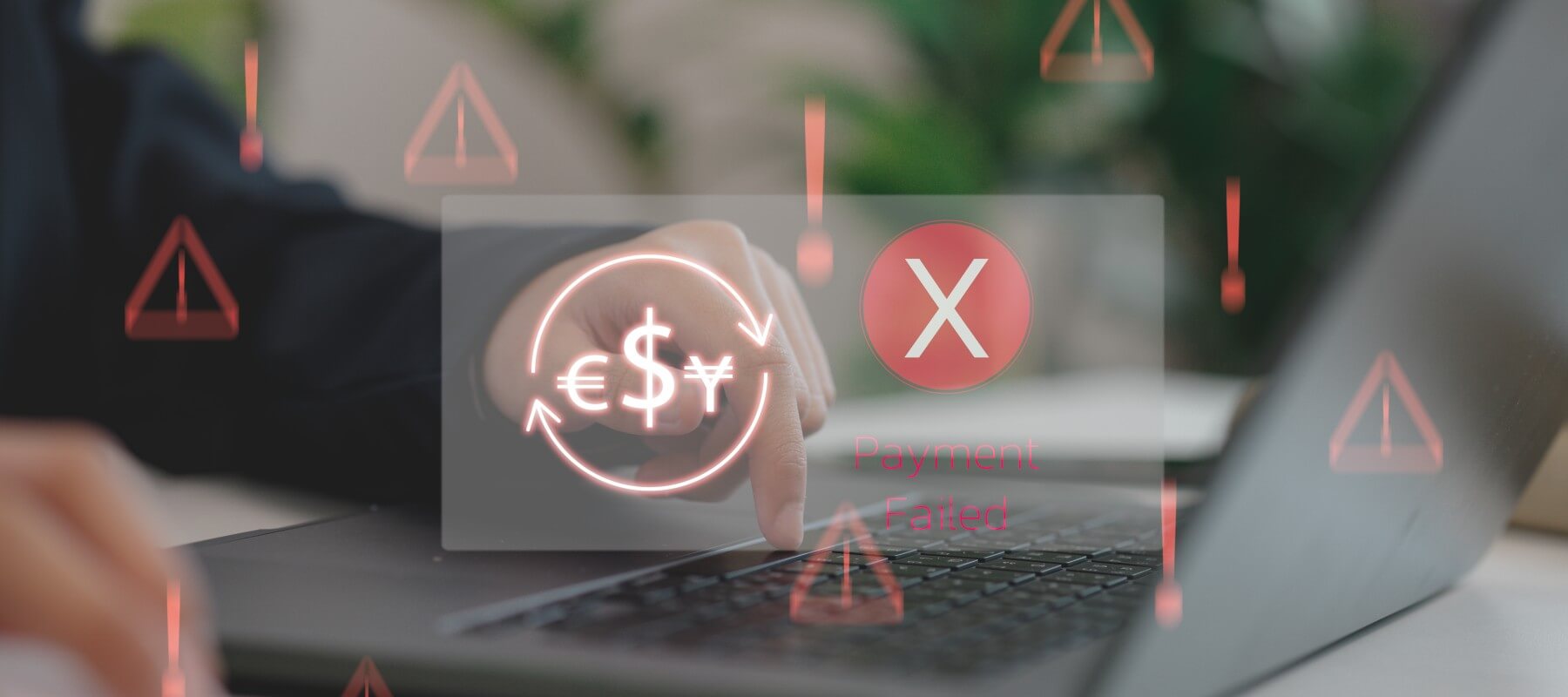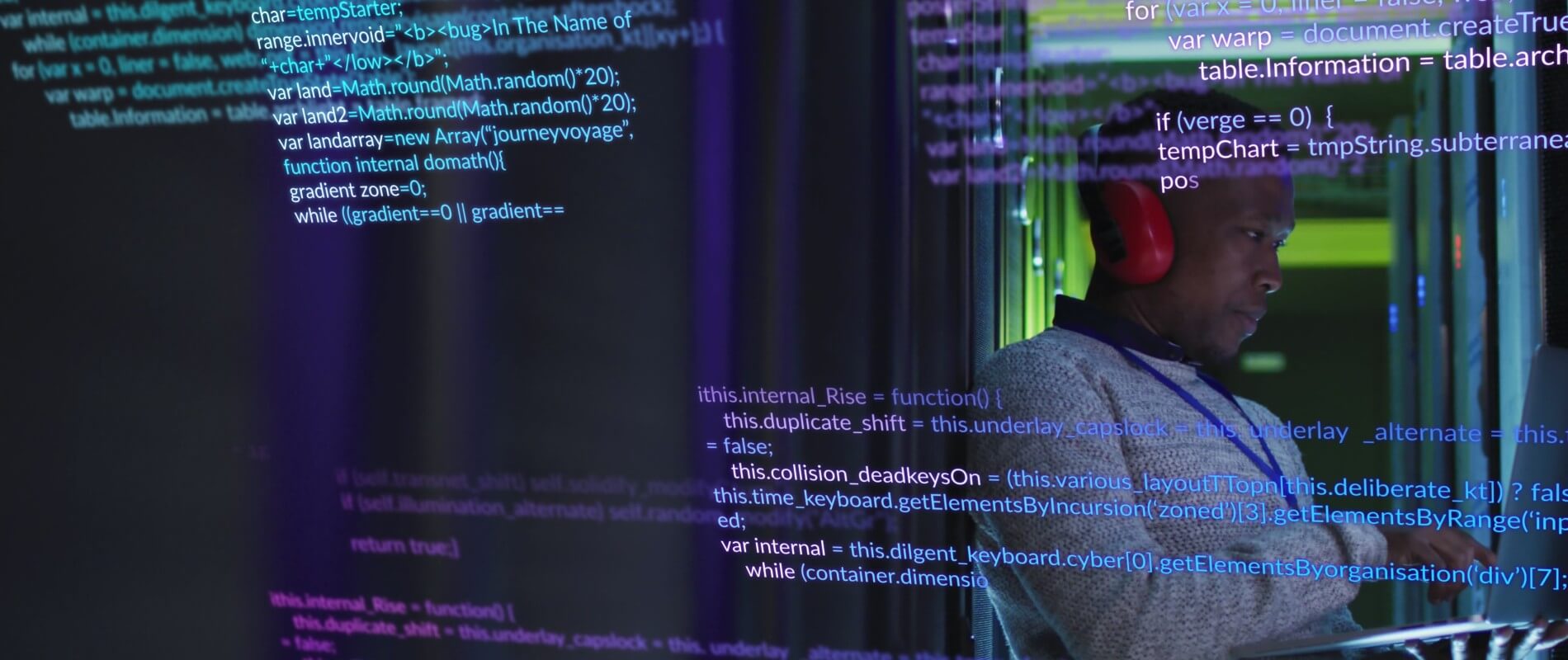An educational guide for independent software vendors and developers
Why Software Protection and Licensing Matter
Modern software is more than code—it’s intellectual property and a business asset. Without protections in place, creators risk revenue loss, unauthorized use, and erosion of their competitive edge.
The Connection Between Licensing and Monetization
Licensing isn’t just about restricting access—it’s the framework that enables legal distribution, value exchange, and long-term monetization. It defines how your software can be used, by whom, and under what conditions.
The Role of Legal and Technical Safeguards
Licensing must be supported by legal contracts (like EULAs) and technical controls (such as license keys or activation servers) to ensure compliance and protect your software from unauthorized distribution or tampering.
Common Risks of Unlicensed or Unprotected Software
Publishing software without proper licensing leaves it vulnerable to a range of misuse scenarios that can impact both your revenue and reputation.
Unauthorized Use and Redistribution
Without licensing terms, users may share or sell your software without your permission, undermining your business model.
License Misuse and Overdeployment
Many users exceed the agreed-upon terms—such as using one-seat licenses across entire teams—when there’s no enforcement mechanism in place.
Lack of Usage Insights and Control
Unprotected software offers no visibility into who is using it, how often, or under what conditions. This limits your ability to offer support, upsell features, or ensure compliance.
Strategies to Protect Your Software
Protecting software goes beyond the legal paperwork—it requires layered defenses to deter, detect, and respond to misuse.
Code Obfuscation and Tamper Prevention
Obfuscation makes source code difficult to reverse-engineer, while tamper detection tools can flag unauthorized changes or debugger use.
License Key and Activation Mechanisms
Issuing software with a secure license key or activation process allows you to control distribution and deactivate misuse.
Digital Rights Management (DRM) for Software
DRM systems can enforce access rules, prevent copying, and ensure that only licensed users can run the software—especially useful for downloadable or offline tools.
Building Effective Software Licensing Models
Once your software is protected, licensing determines how it can be offered and monetized across user types and markets.
Perpetual vs. Subscription Licensing
Perpetual licenses offer one-time access, while subscriptions provide ongoing updates and recurring revenue. Each has different implications for support and monetization.
Usage-Based and Metered Licensing
Charging based on consumption (such as API calls, storage, or time) allows your pricing to scale with the user’s needs—often seen in SaaS and infrastructure tools.
Floating and Concurrent Licensing
This model enables a fixed number of users to share licenses concurrently, offering flexibility while enforcing limits—ideal for enterprise or team-based products.
Dual Licensing for Open-Source Models
Some ISVs offer open-source versions for community use and a commercial license for enterprise clients. This dual model allows for wide adoption while preserving revenue opportunities.
How Licensing Enables Scalable Monetization
Licensing is the vehicle that turns protected intellectual property into a repeatable, ethical, and scalable business model.
Enables Tiered Product Offerings
With licensing, you can offer entry-level, premium, or enterprise packages tailored to customer needs—without creating separate codebases.
Supports Channel and OEM Partnerships
Clear licensing structures make it possible to partner with resellers, integrators, or OEMs, multiplying your reach while maintaining control.
Facilitates Global Compliance and Expansion
Well-defined licensing agreements, paired with protection mechanisms, help you navigate legal frameworks across regions and industries.
FAQs About Licensing, Protection, and Monetization
Do I need to protect my software before I sell it?
Yes. Software protection safeguards your intellectual property and prevents revenue leakage before you enter licensing or sales agreements.
Can I license software without a lawyer?
While basic templates exist, a lawyer is strongly recommended if you’re creating custom agreements, targeting international markets, or engaging in high-value deals.
Is licensing only for desktop or enterprise software?
Not at all. Licensing applies to mobile apps, SaaS, plugins, templates, and more. Any form of software benefits from a clear licensing framework.
Final Thoughts: Protection And Licensing As A Foundation For Growth
For ISVs and independent developers, software licensing is not a restriction—it’s a growth strategy. When done properly, licensing:
- Protects your intellectual property
- Enables flexible monetization
- Builds trust with users and partners
- Ensures long-term control over your product
At software-licensing.com, we’re here to help you understand the tools, models, and principles that protect your software and power your business.


